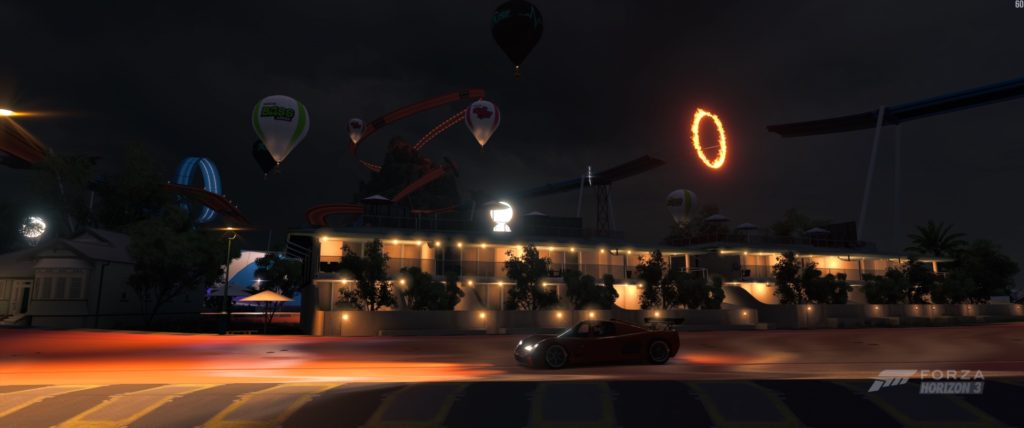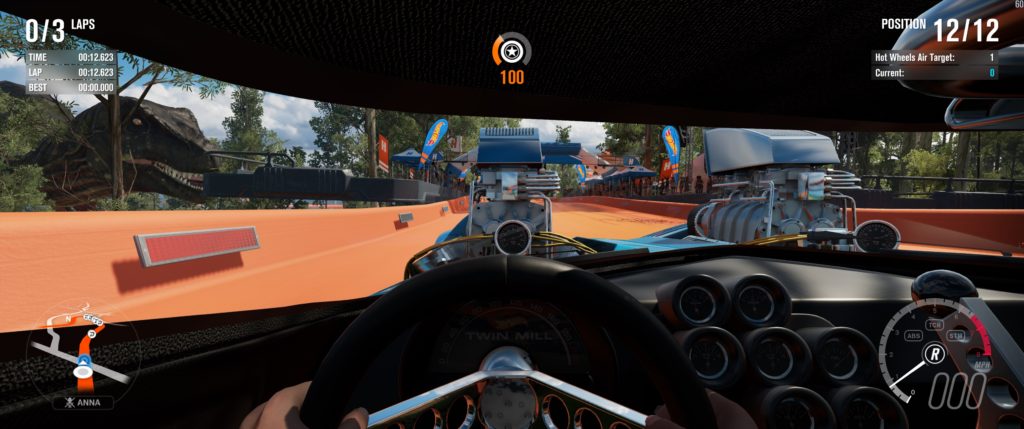- Genre: Platformer/Racing
- Platform: New 3DS
- Also Available On: Wii U, Windows, Xbox One
This is a strange one in a lot of ways. Runbow is the second retail title I’ve seen (and own) in the US that is specifically New Nintendo 2DS/3DS exclusive. Despite platformers being entirely dependent on good physics, the weak physics also ended up being something I could ignore because the core mechanics of the game were simply good enough to ignore the problems I was running into. The short format of the levels also ended up being a significant draw to playing this in a portable fashion.
I suppose it’s worth getting the physics problems out of the way because it really is the main drawback of some of their design decisions. Jumping itself is generally pretty stiff, and while it’s predictable, doesn’t have the same smooth variable feel that a lot of better 2D platformers end up having. Because of this, I was becoming more dependent on overcompensating my jumps, then air dashing to adjust my landing positions if I under or overjumped my intended landing area. However, dashes in general have an awkward pause at the end of the action. While this wasn’t generally a problem, the inherent core idea of getting to the end of the level as fast as possible is negatively impacted by the loss of momentum, even just from a feel perspective. The act of landing on platforms also had some issues. I was never really able to pinpoint whether it was the small size of the screen or simply a game feature, but it felt like platforms had some amount of magnetism if you were “close enough” to landing on the edge of one. This combined with the stiff jump meant I was second guessing a lot of precise jumps that were over more significant gaps. For most platformers, this would all combine to be the death of the game, but luckily the core mechanics of the level progression were good enough to let me ignore a lot of this.
From a high level the core mechanic across the entire game is that the platforms, traps, and in some cases shields around enemies in the foreground and the level’s background are made up of a handful of primaryish colors. If they match, the platform effectively disappears. This right there is what elevates the game to something fantastic, and the amount of depth that the devs pulled out of a seemingly simple idea surprises throughout. Each level has some way of playing off this system to actively change what things can be collided with. This can run the gamut from the entire background changing in rhythm with the music to waterfalls of flowing color to shapes moving across the scene seemingly at random. You’re simply dropped in and given a few seconds at the start to figure out what’s going on and react to it so you don’t lose time running through.
The format also worked fantastically as a portable experience. The longest levels typically hit goal times around 1:15 or so, but were typically only in boss levels. Most standard levels fit into the 20-40 second range. The idea of grabbing my 3DS, hitting a couple levels while waiting on something, then putting it away has always been a draw of the platform, and this fits the bill nicely. The fact that there’s a ton of content (nearly 200 levels in just the core game) means that I can be poking at this for a long time, even ignoring the replayability of going for low times across all levels.
This is definitely a bit of a unicorn. It’s a New 3DS exclusive, a platformer with awkward physics that I didn’t hate, a game experience suited for portables that shipped last on a portable, and despite it all is a fantastic time to play. A lot of that goes into a great style that is wrapped directly into the core mechanics of the game, giving a lot of mileage to what is at the surface a really simple idea.




